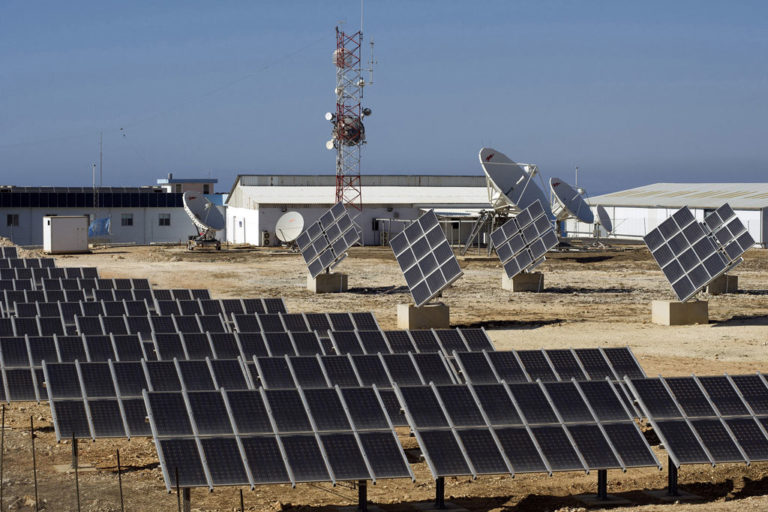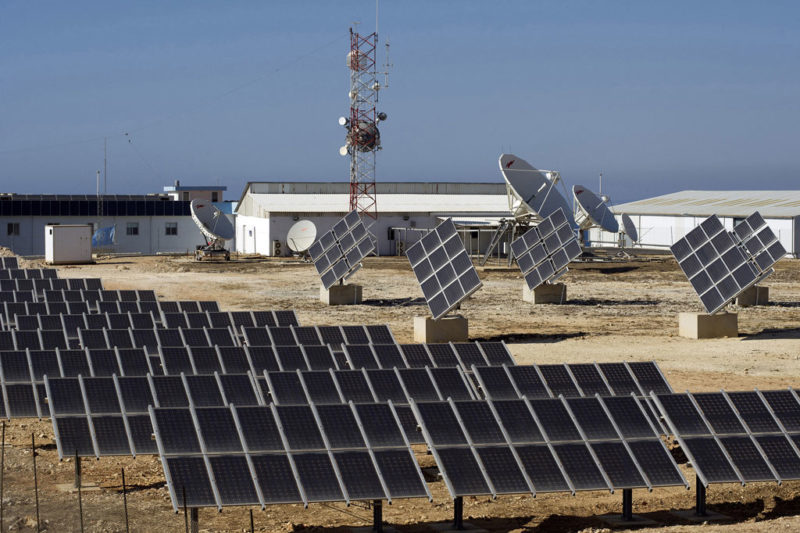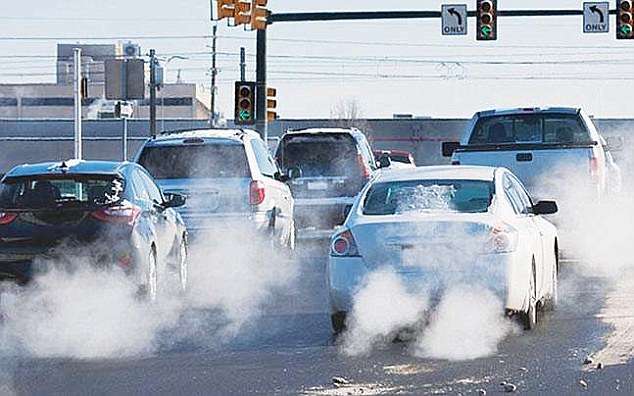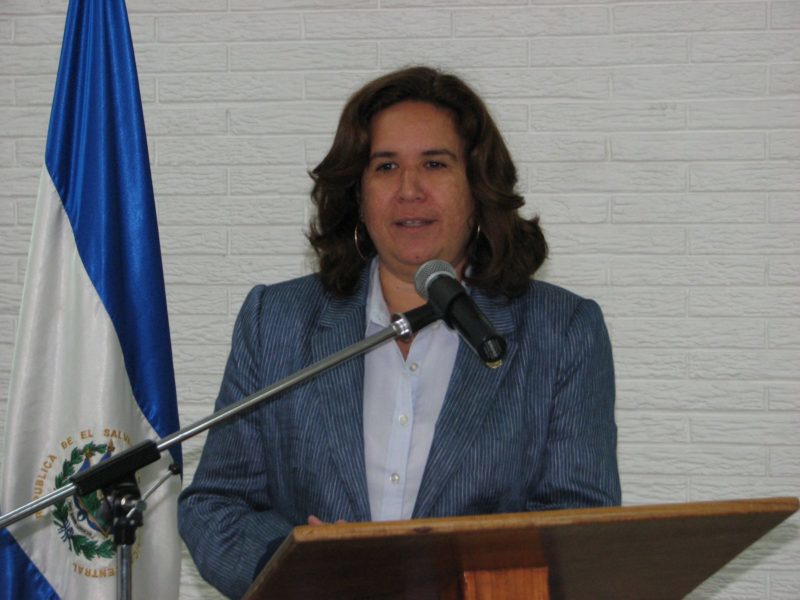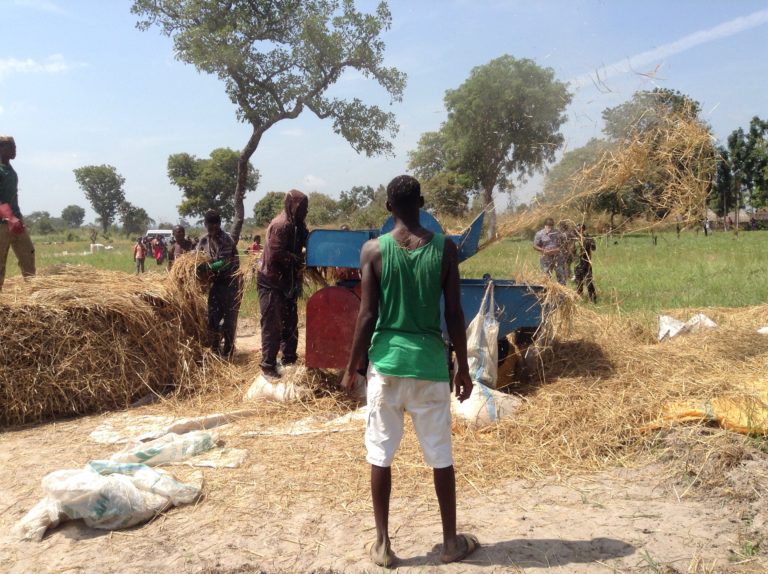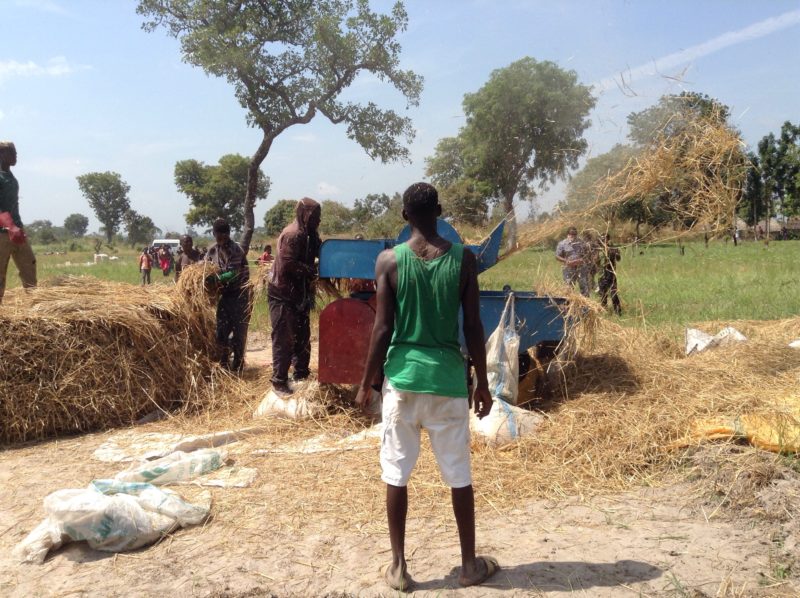The International Energy Agency (IEA) and the International Union of Railways (UIC) have officially launched the new edition of the IEA-UIC Railway Handbook on Energy Consumption & CO2 Emissions. The 2016 publication marks the fifth year of cooperation between the two organisations and provides a wealth of practical information on the rail sector. This year, it takes a special look at the landmark Paris Agreement, signed at the UNFCCC Conference of Parties (COP21) in December 2015, where more than 190 countries pledged to take steps to reduce greenhouse gas emissions.

The 2016 edition highlights the rail sector’s decisive role in meeting global climate and economic challenges, and shows that the rail sector is on track to meet the UIC’s low-carbon targets. This year’s special focus on sustainability targets underscores that rail transportation offers a more sustainable alternative to most other transport modes, both in terms of energy use and carbon emissions per passenger-kilometre or tonne-kilometre, and should continue to do so over the coming decades.
The Handbook also contains more detailed and accurate energy data from railways around the world. In addition to information from European railways, it provides improved data from Russia, Japan, the United States, China, India and South Korea, among others.
As in previous editions, the Handbook’s Part I presents the most significant data and trends on energy consumption and CO2 emissions from the rail sector, focusing on the most relevant regions for rail activity – the European Union, the United States, Japan, Russia, India and China. These accounted for 89% of passenger-kilometres and 84% of tonne-kilometres travelled globally in 2013. The section also provides regional and global statistics on rail-related CO2emissions, passenger activities, freight activities, and electrification.
The section pays particular attention to the growing role of high-speed rail, including its global coverage (in operation, in construction, or being planning). High-speed rail infrastructure in 2013 was dominated by China, with 60% of global high-speed infrastructure, followed by Europe with a 24% share.
Part II of the Handbook offers an analysis of national and regional CO2 emissions targets and compares the rail sector to other modes of transportation. The IEA-UIC analysis shows that the rail sector is on track to achieve the UIC Low Carbon Rail Transport Challenge targets with regard to energy efficiency for 2030 and 2050, which will put the rail sector in line with the 2 Degree Scenario (2DS) outlined in the IEA’s Energy Technology Perspectives publication.
The Handbook also presents global targets that were set by the UIC in 2014, which were signed by UIC Members in 2015 through the UIC’s ‘Train To Paris’ campaign.
Part II also looks at national commitments to achieve the climate goals of the Paris Agreement. It provides an analysis of the Nationally Determined Contributions, which represent national pledges, and seeks to understand how countries include the transport sector and the rail sector in their pledges.
Some of the key facts of the 2016 Edition:
- The transport sector emitted 7.5 billion tonne CO2 in 2013. The share of CO2 emissions from transport has continuously increased since 2010 from 22.7% to 23.4% in 2013. In 2013, 3.5% of transport CO2 emissions were due to the rail sector, while railways transported 8% of the world’s passengers and goods.
- Global railway passenger activity grew by 133% between 1975 and 2013. China and India were the major contributors to this growth, with an eight-fold increase in railway activity, while EU28 activity grew by 10% in the same period. Freight activity has increased by 78% since 1975. USA, Russia and China are the top countries for freight transport on rail in terms of tonne-kilometers carried.
- The total length of high-speed lines in operation was more than 10 times higher in 2015 compared to 1990. China has taken the lead in high speed rail deployment and was hosting 60% of all high speed lines globally in 2015. Globally, high-speed passenger activity has almost doubled between 2000 and 2013.
- The rail sector accounted for 2% of the total energy used in the transport sector, in 2013. The rail sector was 57% fuelled by oil products and 36.4% by electricity.
- The share of electrified railway tracks has increased by 163% between 1975 and 2013 at world level. China and Korea increased their share of respectively 325% and 343% from 1990 to 2013.
- Coal consumption in rail has dramatically fallen between 1990 and 2013, and is nearly phased out. In the same period electricity use in rail has increased from 17.2% to 36.4%, including a significant rise in renewable electricity sources (from 3.4% to 8.7%).
- In 2013, the specific energy consumption of rail passenger transport was 138 kJ/pkm, while the specific energy consumption of rail freight transport was 129 kJ/tkm. The specific energy consumption of the railways decreased by 63% and 48% in passenger and freight services respectively, between 1975 and 2013. Specific CO2 emissions in the rail sector have been following a similar improvement rate: they dropped by 60% in passenger services and by 38% in freight services between 1975 and 2013.
- The rates of improvement of rail energy and CO2 intensity were in line with UIC’s 2030 and 2050 targets in 2013 (latest collected data): specific energy consumption has reduced by 37% between 1990 and 2013, and specific CO2emissions have reduced by 30% in the same period, according to the IEA Mobility Model, integrating energy consumption data of UIC members covering over 90% of total rail activity.
- The monitoring of CO2 emissions carried out by the UIC ESRS (Environmental Strategy Reporting System) highlights the performance of European railways in line with the UIC-CER targets for 2020, 2030 and 2050 at European level. From the perspective of the market-based approach, railways have already achieved the 2020 target for specific CO2 emissions reduction. The target for total CO2 emissions reduction was already achieved in 2006 considering both the location-based and market-based approaches.
- European railways have already achieved the EU Climate Package target of using 20% renewable energy in 2011 by 2020. Electrification and green procurement played a key role in achieving this target.
- Railways are more energy and CO2 efficient per traffic unit than competitor transport modes. According to IPCC analysis and projections, railways will likely remain among the most sustainable transport modes until at least 2030.
- The Energy Technology Perspectives 2016 publication (IEA, 2016) suggests that an increase in the share of high-speed rail in total transport activity is required to achieve the “2 Degree Scenario” (2DS), as this would reduce the average carbon intensity of long distance passenger transport.
- In the context of the COP21 event held in Paris in 2015, 75% of the world’s countries have established strategies and targets to improve the environmental performance of their transport sector within their Intended Nationally Determined Contributions (INDCs). One-fifth of the transport-related (I)NDCs include measures in the railway sector.
Production of the Railway Handbook 2016 has strengthened the ongoing collaboration between the IEA and the UIC. This relationship has served to enrich and improve the knowledge of activity, energy and emissions data associated with the railway sector. The information presented this year was made possible thanks to the direct data collection from railways covering over 90% of the global rail transport activity, which was incorporated in the IEA Mobility Model.
The IEA-UIC Railway Handbook on Energy Consumption & CO2 Emissions 2016 Edition is available here.

